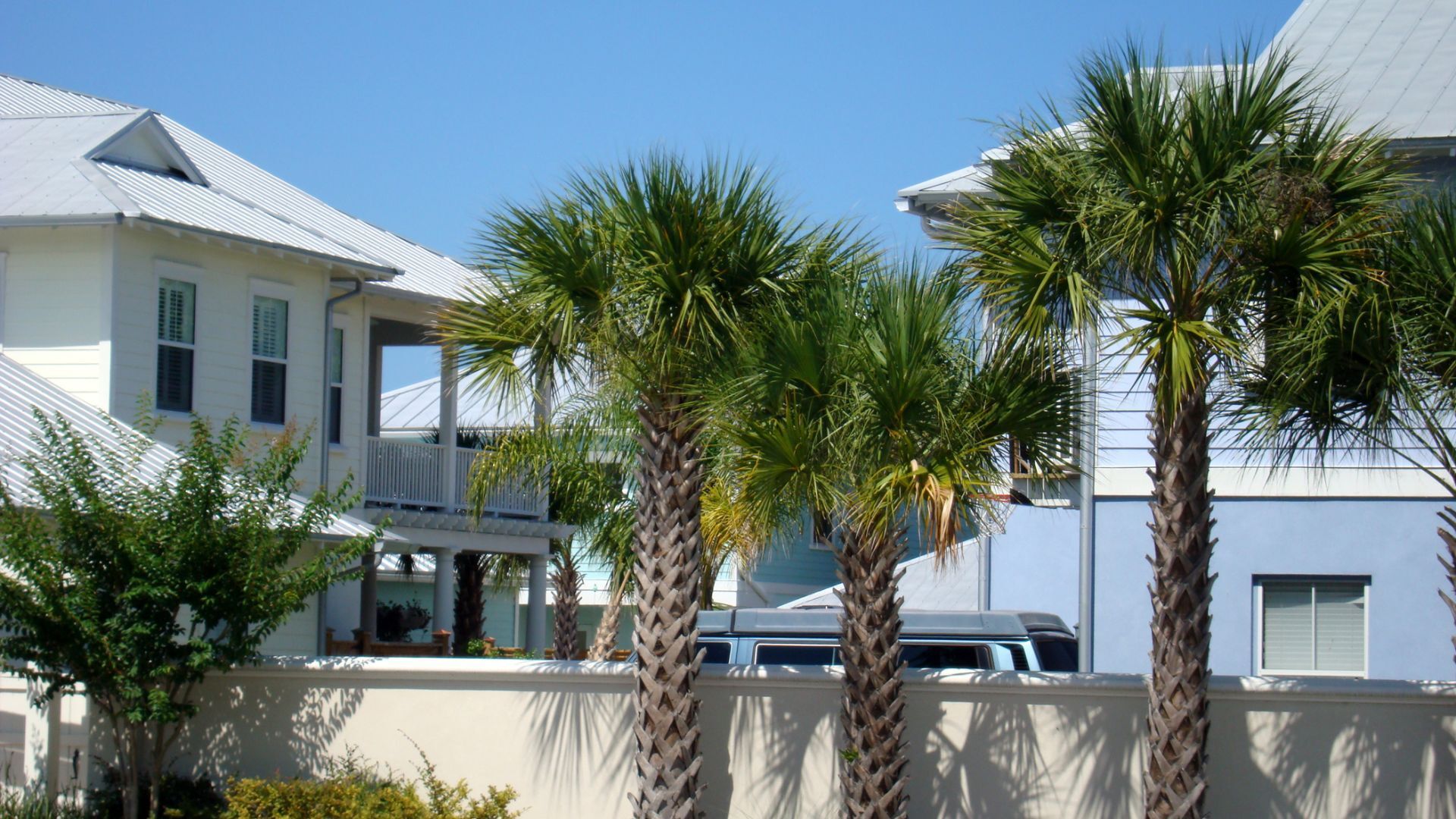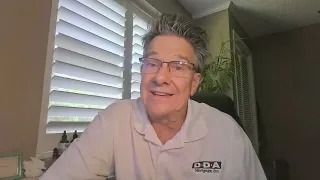Call (727) 784-5555
Mortgage rates have surged firmly above the 7% mark, making alternatives such as temporary rate buydowns and down payment assistance programs more popular, according to loan officers.
Borrowers are now seeking options to reduce their initial mortgage payments while hoping that rates will decline enough to warrant a refinance in the next few years.
The latest weekly survey data from Freddie Mac shows the 30-year fixed-rate mortgage rose 14 basis points from last week to 7.08%, accelerating its upward trajectory. A year ago at this time, rates averaged 3.14%.
“The 30-year fixed-rate mortgage broke 7% for the first time since April 2002, leading to greater stagnation in the housing market,” Sam Khater, Freddie Mac’s chief economist, said in a statement.
According to Khater, “many potential homebuyers are choosing to wait and see where the housing market will end up, pushing demand and home prices further downward.”
To understand the impact of surging rates, the monthly payment on a median-priced home is 78% higher today compared to one year ago for buyers who put 20% down, according to Realtor.com economic data analyst Hannah Jones.
With interest rates now at 14-year highs, the cost of homeownership is becoming an issue for most prospective home buyers. HousingWire recently spoke with CreditXpert’s Mike Darne about how mortgage lenders can leverage credit to help make homeownership more affordable.
Presented by: CreditXpert
“This translates to a whopping $1,000 increase in the typical home payment in just the last year,” Jones said in a statement.
Searching for new options
When borrowers show hesitancy due to high mortgage rates, loan officers work with options such as temporary rate buydowns, which allow homebuyers to receive lower mortgage rates at the start of their loan terms by using seller concessions as part of the payment.
Temporary rate buydowns are not new, but tend to receive more attention when rates surge, according to industry experts. With the buydown, the borrower pays a lower rate during the first year or two and, after that, the full rate is paid for the remainder of the loan term.
United Wholesale Mortgage (UWM) launched the product in August. In September, Rocket Mortgage and its wholesale arm Rocket Pro TPO announced the reduction of homebuyers’ monthly mortgage payments by one full percentage point for the first year of their loan.
Boise-based loan officer Blake Bianchi, founder and CEO at Future Mortgage, said he noticed an increase in clients choosing 2-1 temporary rate buydown.
“About 50% of our clients are utilizing this program to achieve more affordable payments,” Bianchi said. “More clients believe they will have the opportunity to refinance within those two years.”
Other options for clients include down payment assistance programs, which have also increased in popularity, according to loan officers.
It may also be helpful to change the requirements of the down payment assistance programs, LOs say.
According to Bianchi, there are talks that housing finance agencies are going to change their income requirements to 100% of the area median income, up from 80%, and changing the program requirements could help a larger number of homebuyers to obtain financing with 3% down payment versus having to come in with 5% down.
Demand hits 25-year low
The Freddie Mac index compiles purchase mortgage rates reported by lenders during the past three days – and starting in November, it will collect data from applications received from thousands of lenders across the country. It’s focused on conventional, conforming, fully amortizing home purchase loans for borrowers who put 20% down and have excellent credit.
Other indexes also show rates slightly above 7%.
On HousingWire’s Mortgage Rates Center, Black Knight’s Optimal Blue OBMMI pricing engine, which also includes some refinancing products, measured the 30-year conforming rate at 7.009% on Wednesday, down from 7.026% the previous week. Meanwhile, the 30-year fixed-rate jumbo (greater than $647,200) increased from 6.746% to 6.908% in the same period.
Mortgage rates were 7.07% for conforming and 6.05% for jumbos at Mortgage News Daily on Wednesday.
Amid the ongoing economic uncertainty and affordability challenges, borrower demand for mortgage loans hit a 25-year low last week.
MBA’s survey showed the mortgage composite index for the week ending Oct. 21 fell 1.7% from the prior week and 69% compared to the same period in 2021. The survey, conducted weekly since 1990, covers 75% of all U.S. retail residential mortgage applications.
“Interest rates on 30-year, fixed-rate home loans have now risen almost four full percentage points in 2022, making homeownership unaffordable for many would-be buyers,” Kate Wood, home expert at NerdWallet, said in a statement. “The last time mortgage rates climbed this fast was in 1981, after a series of aggressive Federal Reserve rate increases.”
The Fed’s next moves
Mortgage rates are surging due to a tightening monetary policy to tame inflation. The Fed increased its benchmark rate five times this year, which included three consecutive 0.75% hikes — and more is yet to come.
“In line with the last three meetings, next week’s session is expected to bring a 75 basis point hike as the most recent inflation data does not show sufficient signs of cooling,” Jones said. “Four 75 basis point hikes in a row marks the largest series of target federal funds rate hikes in more than three decades.”
Meanwhile, Treasury yields show higher rates in the short term, signaling a recession on the horizon. The 2-year note, closely tied to the Fed’s interest rate moves, decreased 16 bps to 4.39% on Wednesday from the prior week. The 10-year note went to 4.04% from 4.14% in the same period.
“Mortgage rates are now firmly above 7%, and it’s because investors in the mortgage bond market are concerned about the persistence of inflation, which erodes lenders’ returns,” Holden Lewis, home and mortgage expert at NerdWallet, said in a statement. “The run-up to next week’s Fed meeting, during which the central bank is expected to raise short-term rates, has also pushed mortgage rates upward.”
Have A Question?
Use the form below and we will give your our expert answers!
Reverse Mortgage Ask A Question
We will get back to you as soon as possible.
Please try again later.
Start Your Loan
with DDA todayYour local Mortgage Broker
Mortgage Broker Largo See our Reviews
Looking for more details? Listen to our extended podcast!
Check out our other helpful videos to learn more about credit and residential mortgages.





